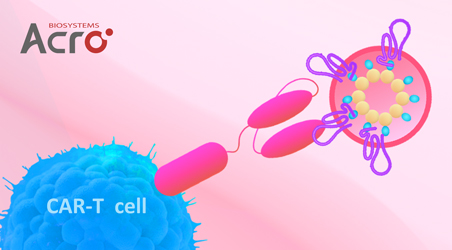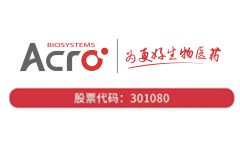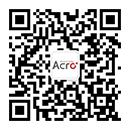分子别名(Synonym)
GM-CSF,CSF2,MGC131935
表达区间及表达系统(Source)
Human GM-CSF, premium grade (GMF-H4214) is expressed from human 293 cells (HEK293). It contains AA Ala 18 - Glu 144 (Accession # NP_000749.2).
Predicted N-terminus: Ala 18
It is produced under our rigorous quality control system that incorporates a comprehensive set of tests including sterility and endotoxin tests. Product performance is carefully validated and tested for compatibility for cell culture use or any other applications in the early preclinical stage. When ready to transition into later clinical phases, we also offer a custom GMP protein service that tailors to your needs. We will work with you to customize and develop a GMP-grade product in accordance with your requests that also meets the requirements for raw and ancillary materials use in cell manufacturing of cell-based therapies.
Request for sequence
蛋白结构(Molecular Characterization)

This protein carries no "tag".
The protein has a calculated MW of 14.5 kDa. The protein migrates as 25 kDa±3 kDa when calibrated against Star Ribbon Pre-stained Protein Marker under reducing (R) condition (SDS-PAGE) due to glycosylation.
内毒素(Endotoxin)
Less than 0.01 EU per μg by the LAL method.
宿主蛋白残留(Host Cell Protein)
<0.5 ng/µg of protein tested by ELISA.
宿主核酸残留(Host Cell DNA)
<0.02 ng/μg of protein tested by qPCR.
无菌(Sterility)
The sterility testing was performed by membrane filtration method.
支原体(Mycoplasma)
Negative.
纯度(Purity)
>95% as determined by SDS-PAGE.
>95% as determined by SEC-MALS.
制剂(Formulation)
Lyophilized from 0.22 μm filtered solution in PBS, pH7.4 with trehalose as protectant.
Contact us for customized product form or formulation.
重构方法(Reconstitution)
Please see Certificate of Analysis for specific instructions.
For best performance, we strongly recommend you to follow the reconstitution protocol provided in the CoA.
存储(Storage)
For long term storage, the product should be stored at lyophilized state at -20°C or lower.
Please avoid repeated freeze-thaw cycles.
This product is stable after storage at:
- -20°C to -70°C for 24 months in lyophilized state;
- -70°C for 3 months under sterile conditions after reconstitution.
电泳(SDS-PAGE)
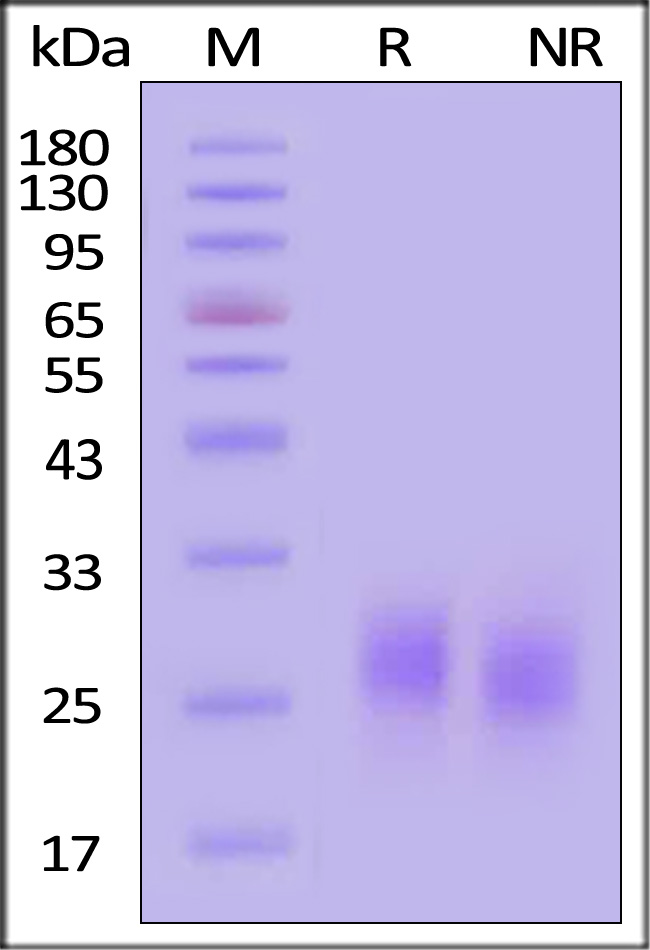
Human GM-CSF, premium grade on SDS-PAGE under reducing (R) and non-reducing (NR) conditions. The gel was stained with Coomassie Blue. The purity of the protein is greater than 95% (With Star Ribbon Pre-stained Protein Marker).
SEC-MALS
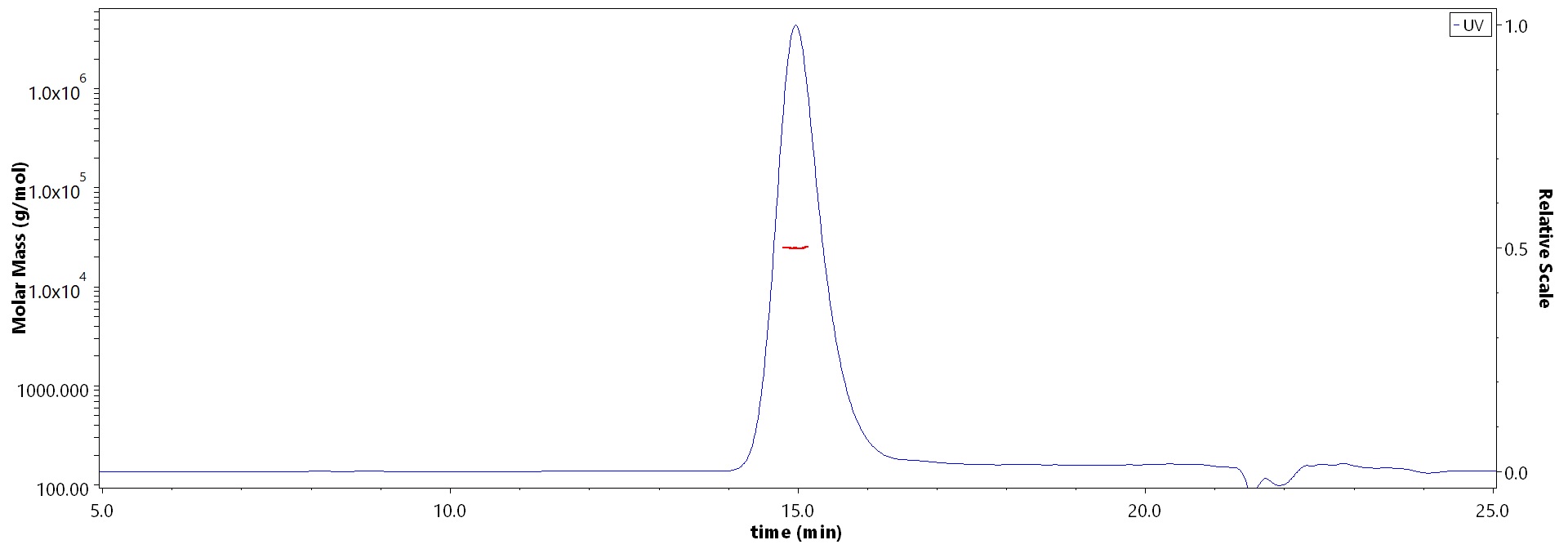
The purity of Human GM-CSF, premium grade (Cat. No. GMF-H4214) is more than 95% and the molecular weight of this protein is around 20-30 kDa verified by SEC-MALS.
Report
活性(Bioactivity)-Bioactivity CELL BASE
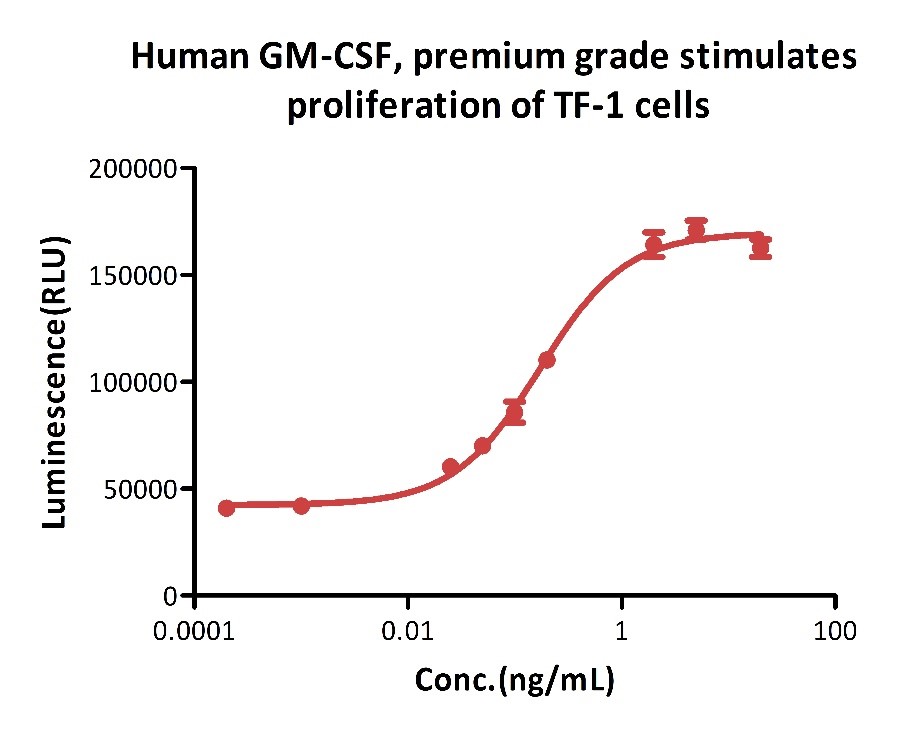
Human GM-CSF, premium grade (Cat. No. GMF-H4214) stimulates proliferation of TF-1 cells. The specific activity of Human GM-CSF, premium grade is > 5.00ⅹ10^6 IU/mg, which is calibrated against human GM-CSF WHO International Standard (NIBSC code: 88/646) (QC tested).
Protocol
活性(Bioactivity)-ELISA
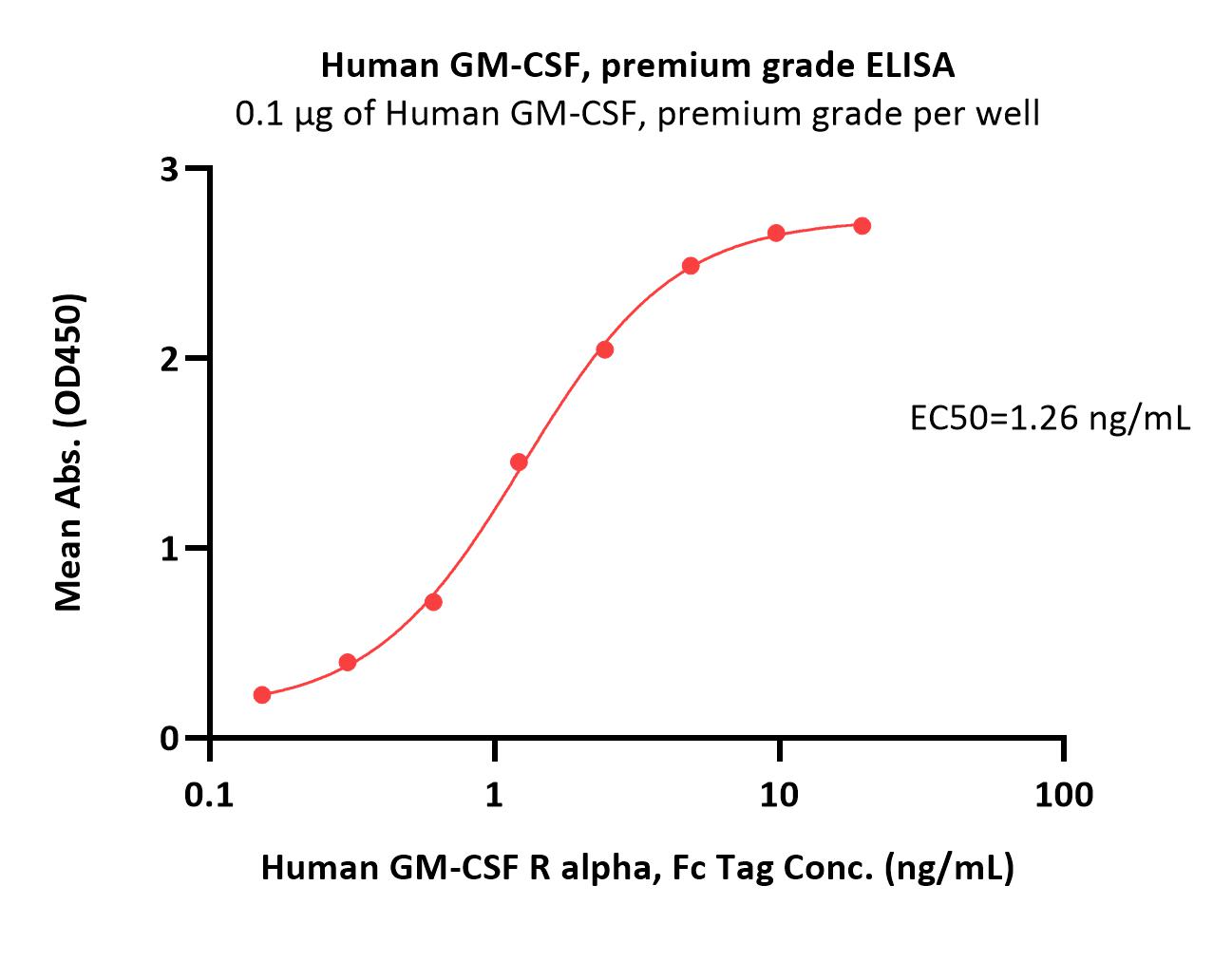
Immobilized Human GM-CSF, premium grade (Cat. No. GMF-H4214) at 1 μg/mL (100 μL/well) can bind Human GM-CSF R alpha, Fc Tag (Cat. No. GRA-H5255) with a linear range of 0.2-2.5 ng/mL (QC tested).
Protocol
活性(Bioactivity)-BLI
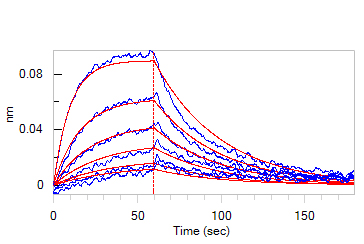
Loaded Human GM-CSF R alpha, Fc Tag (Cat. No. GRA-H5255) on Protein A Biosensor, can bind Human GM-CSF, premium grade (Cat. No. GMF-H4214) with an affinity constant of 16.8 nM as determined in BLI assay (ForteBio Octet Red96e) (Routinely tested).
Protocol
背景(Background)
Granulocyte-macrophage colony-stimulating factor (GM-CSF) is also known as Colony stimulating factor 2 (granulocyte-macrophage), is a cytokine initially characterized by its ability to induce colonies of granulocytes and macrophages from myeloid progenitor cells, and is secreted by macrophages, T cells, mast cells, endothelial cells and fibroblasts. GM-CSF is a cytokine that functions as a white blood cell growth factor. GM-CSF stimulates stem cells to produce granulocytes (neutrophils, eosinophils, and basophils) and monocytes. Monocytes exitthe circulation and migrate into tissue, whereupon they mature into macrophages and dendritic cells. Thus, it is part of the immune/inflammatory cascade, by which activation of a small number of macrophages can rapidly lead to an increase in their numbers, a process crucial for fighting infection. The active form of the protein is found extracellularly as a homodimer. Human GM-CSF glycosylated in its mature form. As a part of the immune/inflammatory cascade, GM-CSF promotes Th1 biased immune response, angiogenesis, allergic inflammation, and the development of autoimmunity, and thus worthy of consideration for therapeutic target. GM-CSF has also recently been evaluated in clinical trials for its potential as a vaccine adjuvant in HIV-infected patients. The preliminary results have been promising. GM-CSF is also used as a medication to stimulate the production of white blood cells following chemotherapy.



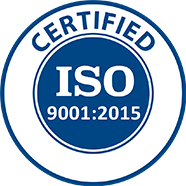
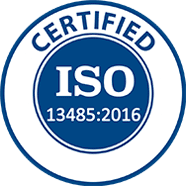
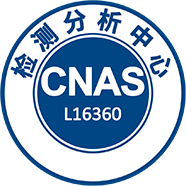





































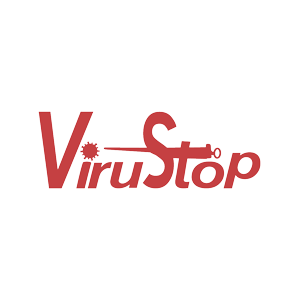










 膜杰作
膜杰作 Star Staining
Star Staining

